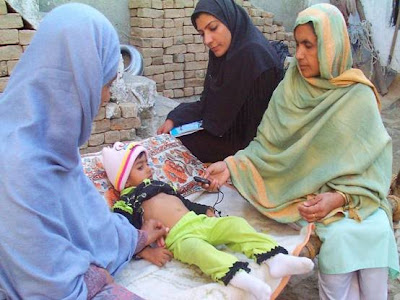I knew instinctively that childhood pneumonia deaths, once too common, are now very rare in the US. I’ve been told that they have decreased almost 99% since 1939, thanks to the discovery and availability of effective medications. But children from developing countries aren’t so lucky. Each year 1.4 million children under 5 die from pneumonia – more than any other cause. More than from AIDS, malaria, and measles combined!
Here’s a short Mission: Pneumonia Quiz. Better yet, go to the World Pneumonia Day page to watch a video and read a personal story of how pneumonia affected one family.
This event is sponsored by Save the Children, which, not so incidentally, received a grade of A in the December 2011 Charity Rating Guide & Watchdog Report from CharityWatch, formerly the American Institute of Philanthropy (AIP); I’m a member of CW, and I checked its database to verify that indeed STC’s cost to raise $100 is only $10, quite low as these things are calculated. Moreover, they have an “open book” policy when it comes to finances. The 2011 Save the Children Gift Catalog is now available.
Pneumonia is the world’s leading killer of children, but there are viable solutions. I recently read the Lancet study about how the administration of oral amoxicillin to the children aged 2–59 months in a Pakistan region by community health workers has provided “strong evidence” that the methodology used is likely to “contribute further to a reduction in the number of pneumonia deaths.” That is quite promising news, but it takes resources, money well spent in creating a solution.
Photo credit: In Pakistan’s Haripur district, Lady Health Worker Naseem bibi counts 1-year-old Usama’s breaths, before successfully treating him for pneumonia. A new Lancet study by Save the Children shows that children treated by community health workers at home were more likely to recover from severe pneumonia than those referred to a health facility, the current standard of care. Just ahead of World Pneumonia Day, the study offers new hope for treating the world’s leading child killer in communities where hospitals and doctors are out of reach. Credit: Save the Children

